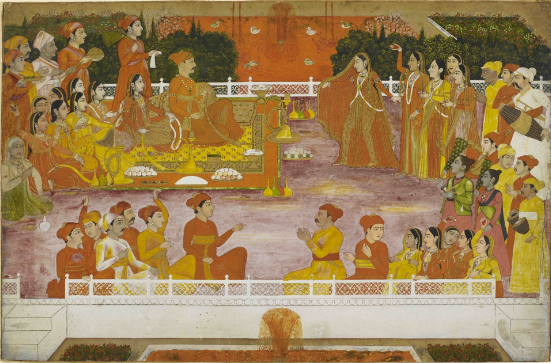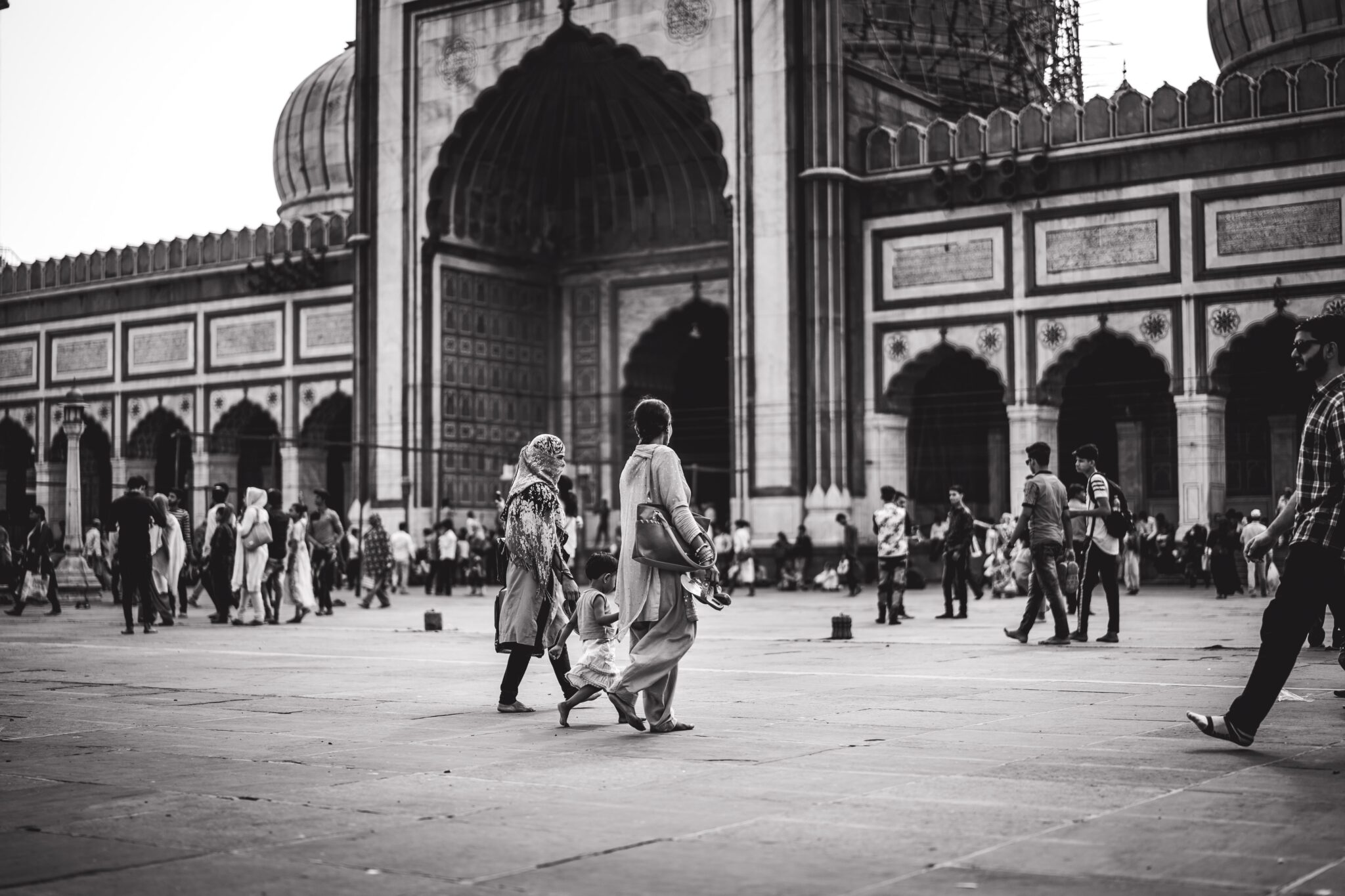Blog
Culture is a multifaceted concept that encompasses the shared beliefs, values, customs, traditions, art, language, and social practices of a particular group of people. It is a complex system of symbolic meanings and practices that shape and define the way individuals within a community or society perceive, interact, and make sense of the world around them.
The detailed meaning of culture lies in its ability to provide a framework for social cohesion and identity. It influences how people express themselves, form relationships, and transmit knowledge from one generation to the next. Culture acts as a lens through which individuals interpret their experiences, guiding behavior and shaping perspectives.
Prospectively, culture plays a crucial role in fostering a sense of belonging and continuity. It provides a foundation for social order, offering individuals a shared set of norms and values that contribute to the stability and functioning of a society. Moreover, cultural diversity enriches the global landscape, promoting cross-cultural understanding and collaboration.
In contemporary contexts, the prospect of culture extends to its economic and creative dimensions. Cultural industries, including art, music, literature, and media, contribute significantly to economies worldwide. Additionally, the exchange of cultural ideas in our interconnected world has the potential to stimulate innovation and foster a global community that appreciates and learns from its rich diversity. In essence, culture is both a reflection of human societies and a dynamic force that shapes their evolution. Its detailed meaning encompasses the intricate web of human expression and interaction, while its prospective impact extends to the social, economic, and creative realms, influencing the trajectory of individuals and societies alike.
The historical backdrop of Indo-Islamic culture is a complex tapestry that emerged with the arrival of Islam in the Indian subcontinent. Islam’s entry into the region began around the 7th century, primarily through trade and later through conquests by various Islamic rulers. The cultural fusion between the existing Indian traditions and the incoming Islamic influences occurred over several centuries, evolving and shaping the socio-political and artistic landscapes of the region.
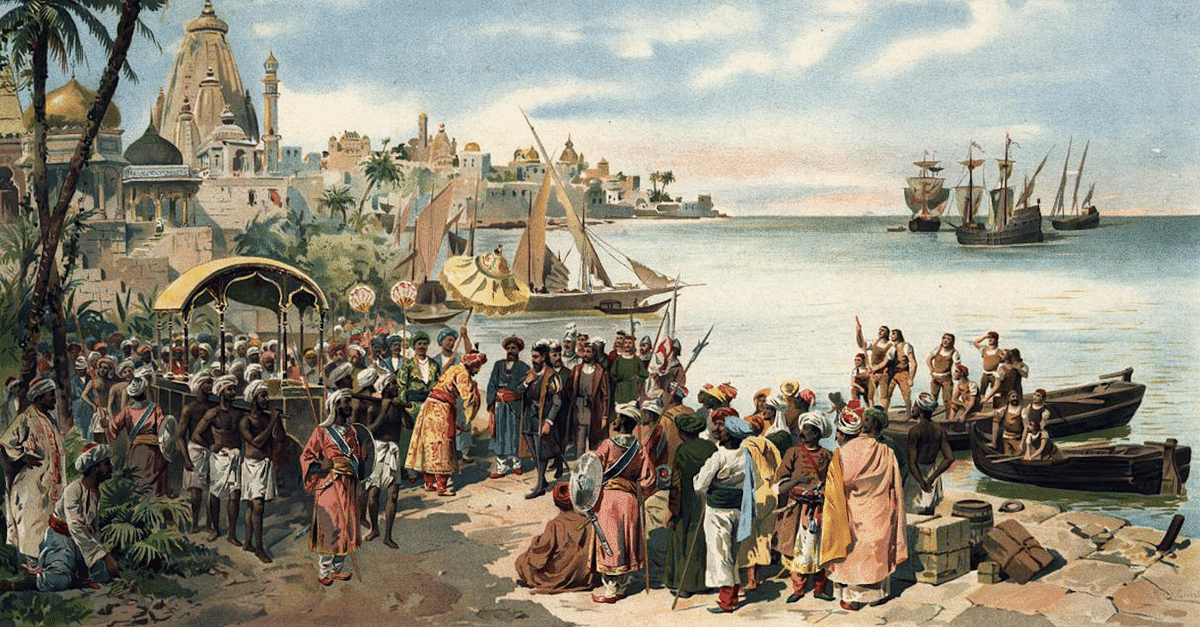
The initial interactions between Islam and the Indian subcontinent were predominantly through trade with the Arabian Peninsula and Persia. These exchanges facilitated the transfer of ideas, goods, and eventually religious and cultural practices. The establishment of Muslim trading communities along the western and southern coasts of India laid the early foundation for the confluence of cultures. However, it was with the arrival of Islamic rulers and dynasties that the synthesis of cultures became more pronounced. The Delhi Sultanate, which emerged in the 12th century, marked the beginning of Islamic rule in India. Subsequent dynasties like the Mughals, who reached the zenith of their power in the 16th, 17th, and 18th centuries, significantly influenced the development of Indo-Islamic culture.
The interaction wasn’t limited to politics and architecture; it also extended to language, literature, music, and cuisine. Urdu, for instance, emerged as a language blending Persian, Arabic, and Indian dialects, becoming a symbol of this cultural fusion. Art forms such as miniature paintings and the development of various musical traditions, particularly Sufi music, showcased the blend of these influences.
These rulers and their courts were centers of cultural exchange, where Persian, Central Asian, and Indian traditions intermingled. The architecture of this period reflected a synthesis of Islamic and Indian styles. The historical background of Indo-Islamic culture is marked by periods of cultural exchange, tolerance, and synthesis. This rich history laid the foundation for the diverse, eclectic, and vibrant cultural landscape that defines the Indian subcontinent today.
The amalgamation of Indo-Islamic culture represents a remarkable fusion of diverse influences, showcasing a vibrant expression across various facets of life. This cultural synthesis has indeed resulted in a unique tapestry woven from India’s rich traditions and the ethos of Islam. Throughout centuries of migration, which brought intelligentsia, mystics, traders, artists, and artisans into the Indian subcontinent, their interactions with the native Indians who held distinct religious beliefs and well-established notions about art, architecture, and literature led to the formation of a new composite civilization.
Among the most enduring accomplishments of Indian civilization, its architecture shines as a true gem. Indian architecture, having evolved over the ages, is the product of socio-economic and geographical influences. Representing various historical epochs, Indian architecture proudly carries the imprints of their respective periods.
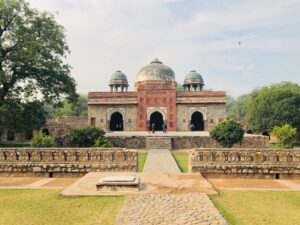
The medieval period witnessed remarkable progress in the field of architecture, introducing numerous new architectural features and techniques. The spread of Islam in India unfolded over nearly eight centuries. Muslims in regions like Malabar coastal, Gujarat, and Sind had initiated construction activities as early as the seventh and eighth centuries. However, it wasn’t until the early thirteenth century, following the Turkish conquest of Northern India, that large-scale building endeavors were initiated by the Turks and Persians.
The Delhi Sultanate primarily held sway over Northern India and gradually extended its dominion across various regions of the Indian subcontinent for over three centuries, commencing in the thirteenth century and lasting until the sixteenth century. Following the decline of the Delhi Sultanate, the Mughal Empire assumed control in India, governing until the mid-nineteenth century. The Mughals left an indelible mark on the field of architecture in the Indian subcontinent, crafting a distinctive and opulent architectural style known as Mughal architecture. This style elegantly fuses elements of Central Asian, Islamic, Persian, Arabic, and Turkish architectural traditions with India’s native architectural styles.
In the realm of art and architecture, the Indo-Islamic culture has given birth to iconic structures, showcasing exquisite craftsmanship. Intricate geometric patterns, arabesque designs, and vibrant calligraphy adorn mosques and palaces, reflecting the cultural fusion of Islamic and indigenous artistic elements.
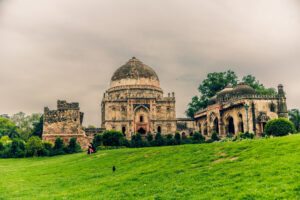

In medieval India, a notable architectural characteristic was the fusion of various styles, techniques, and decorative elements in both public and private spaces outside of royal contexts. This inclusivity extended to structures meant for domestic purposes, temples, mosques, khanqahs (Sufi saints’ hermitages), dargahs, commemorative gateways, pavilions within buildings and gardens, bazaars, and more.

A significant contrast between the two major religious communities, Hindus and Muslims, is evident in their artistic and architectural practices. Hindus were free to depict deities and conceive manifestations of the divine in various forms in their art. In contrast, Muslims, due to religious prohibitions, refrained from representing living forms on any surface. Consequently, their religious art and architecture primarily featured arabesque designs, calligraphy, and intricate geometrical patterns crafted on surfaces of plaster and stone. This distinction in artistic expression contributed to the diversity and richness of medieval Indian architecture.
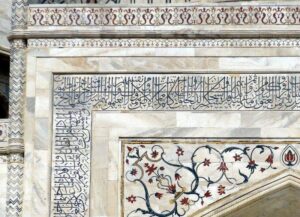
Indo-Islamic architecture is characterized by its prominent use of arches, domes, and vaults. In accordance with religious practices, Muslims typically avoided the depiction of human figurines and, instead, favored decorative elements such as geometric patterns, floral designs, and inscriptions in various calligraphic styles. Additionally, inlay work on marble was a common feature in Indo-Islamic architecture.
Ornamental lattice screens with intricate arabesques, star motifs, and various geometric designs, including pentagons, hexagons, octagons, and circles, played a significant role in adorning buildings. Gardens, known for their lush beauty, were often an integral part of Indo-Islamic architecture.
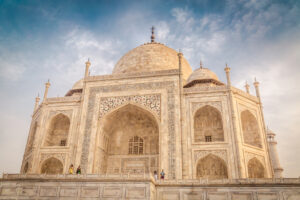
UNESCO’s Commentary on the Taj Mahal:
“The Taj Mahal stands as an unparalleled masterpiece in the realm of Indo-Islamic architecture. It epitomizes the pinnacle of architectural and artistic excellence, characterized by a flawless synergy of craftsmanship within the spectrum of Indo-Islamic funerary structures. A true paragon of architectural ingenuity, the Taj Mahal dazzles in its conception, treatment, and execution, boasting unparalleled aesthetic virtues in its equilibrium, symmetry, and the seamless fusion of diverse elements.”
Mughal architecture, although it had its origins before the end of Turkish rule, gained prominence under the reign of Emperor Akbar. Akbar made significant contributions to this architectural style, emphasizing the use of red sandstone for many of the monuments. He introduced a blend of unique foreign architectural elements with traditional Mughal design principles, incorporating features like high minarets, beautifully landscaped gardens, ornate pillars, and more into the main monument structures.
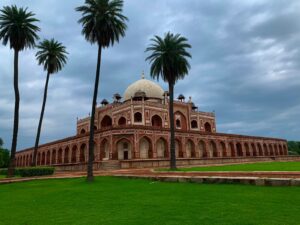

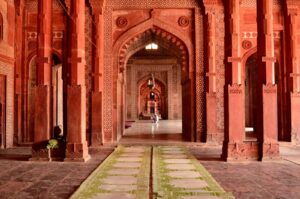
One of the defining features of the Mughal architectural legacy was the opulent decoration of these structures. They were adorned with precious metals such as gold and silver, as well as an array of gemstones, including diamonds, emeralds, rubies, and others. These extravagant embellishments added to the grandeur and magnificence of Mughal architecture.
Medieval art and architecture constitute a rich tapestry of human creativity, categorized into a multitude of styles distinguished by their regional, temporal, and distinctive features. Within this expansive realm, an array of artistic styles and techniques flourished, each weaving its unique narrative through the corridors of time.
The Imperial style of architecture, emblematic of the era of the Delhi Sultanate, bears the grandeur and historical significance of an empire that shaped India’s architectural landscape. These monumental structures, predominantly located in and around Delhi, stand as enduring testaments to the architectural achievements of the sultans and their courts. Reflecting a fusion of various influences, including Persian, Central Asian, and indigenous architectural traditions, these monuments exude an aura of power and sophistication. Their sturdy construction and commanding presence underscore the strength and authority of the rulers of that era. The Imperial style’s architectural features include grand gateways, towering minarets, and striking domes, often adorned with intricate calligraphy and ornate designs. The use of red sandstone and white marble, along with elaborate carvings and embellishments, add a sense of majesty and artistic intricacy to these structures. These monuments, such as the Qutub Minar and the Alai Darwaza, serve as reminders of a bygone era, showcasing the architectural prowess and the cultural fusion that defined the rule of the Delhi Sultanate. Their enduring presence contributes to the rich historical tapestry of India, reflecting an era of power, innovation, and architectural brilliance.
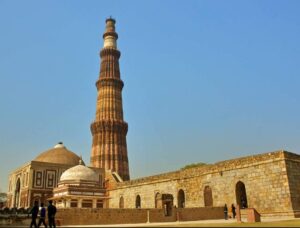
The Provincial style of architecture, emerging during the same era as the Imperial style but outside of Delhi, captures the regional diversity and architectural innovations that blossomed under various sultans and dynasties across different parts of India. These structures represent a fascinating mosaic of regional architectural traditions, each reflecting unique cultural influences and local innovations. In regions beyond Delhi, various sultans and dynasties fostered their architectural legacies, resulting in a diverse range of styles and structures. Each area showcased its distinct craftsmanship, materials, and design elements, reflecting the local aesthetic sensibilities and cultural preferences. The Provincial style encompasses a wide array of architectural wonders, from the grand forts of Rajasthan to the elegant tombs and mosques of Gujarat and Bengal. These structures often highlight the use of regional materials, distinctive ornamentation, and specific architectural elements that define the regional identity. These monuments stand as testaments to the creativity and craftsmanship of local artisans and builders, showcasing the rich tapestry of India’s regional architectural heritage. The diversity in these styles reflects not only the architectural innovations of the era but also the cultural and artistic richness that prevailed across different regions of the subcontinent.
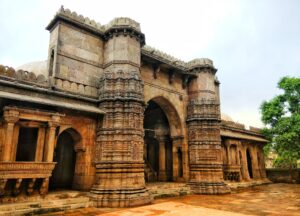
The Deccani style of architecture, a treasure trove of the Deccan Plateau, boasts monuments that are distinct and evocative of a unique cultural blend. With its strong influence from Persian, Turkish, and indigenous architectural traditions, the Deccani style stands out for its grandeur and intricate design. Monuments found in regions like Bijapur and Golconda exemplify this fusion of influences, showcasing stunning domes, minarets, and imposing gateways. Intricate stonework and ornamental calligraphy adorn the structures, adding a sense of artistic richness to the architecture. The synthesis of various influences is evident in the grand scale of structures, the use of arches, and the decorative elements that give each monument a distinctive character. The Deccani architectural style is a testament to the vibrant history and cultural exchange that flourished in the Deccan region. Its monuments stand as magnificent reminders of an era marked by artistic innovation and a harmonious amalgamation of diverse influences.
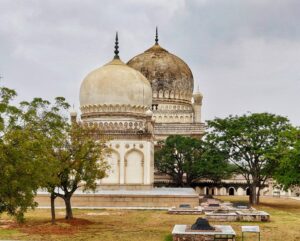
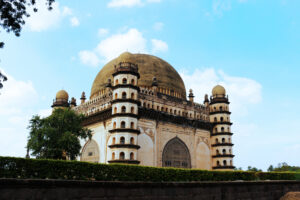
Awadhi architecture, a crown jewel of India’s heritage, is an enchanting blend of Islamic art opulence and indigenous craftsmanship, renowned for its elegant simplicity and exquisite ornamentation. Rooted in the cultural and artistic legacy of the Awadh region, this style reflects a harmonious fusion of Persian, Islamic, and Indian influences. Palaces adorned with intricately carved arches, delicate latticework, and ornate domes define the Awadhi architectural landscape. The delicate balance between symmetry and embellishment creates a mesmerizing visual tapestry, while the grandeur of the structures is softened by the grace of ornamental gardens and serene courtyards. The hallmark of Awadhi architecture lies in its attention to detail, seen in the delicate stucco work, exquisite frescoes, and the poetic use of calligraphy that adorns the facades. From the iconic Bara Imambara to the resplendent Rumi Darwaza, these structures stand as testaments to the elegance and grandeur of Awadhi design, inviting visitors to step into a world where beauty meets heritage in every archway and alcove.
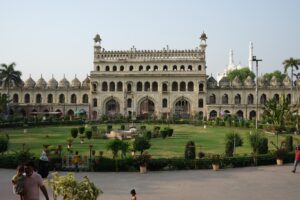

Kashmir’s architectural heritage reflects a fusion of ancient Indian, Persian, and Turkic influences. Islamic structures in the region, such as mosques and tombs, showcase intricate woodwork. Skilled craftsmen used wood extensively for ceilings, pillars, screens, and doors, featuring geometric patterns, floral motifs, and calligraphy. The use of wood added both beauty and insulation against the mountainous climate. Mosques have rectangular layouts with arched entrances, minarets, and decorative tile work. Tombs exhibit square or octagonal structures with domed roofs adorned with ornamental finials and intricate carvings, reminiscent of Persian and Turkic mausoleums.

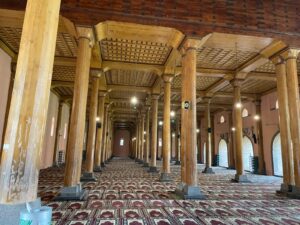
The architectural design and decoration in the medieval period of Indian architecture featured several elements and techniques:
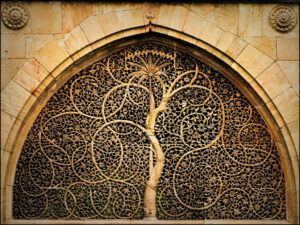

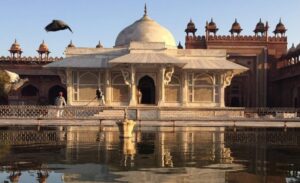
Design on Plaster: Designs were created on plaster using techniques like incision or stucco. These designs were often left plain or painted with colors.
Floral Motifs: Various floral motifs were commonly used and could be either painted or carved into the architectural elements.
Colored Tiles: During the fourteenth, fifteenth, and sixteenth centuries, different colored tiles were employed to surface the walls and domes of structures.
Surface Decoration: Wall panels were adorned with intricate surface decorations created through techniques like tessellation (mosaic designs) and dura (an inlay technique that used cut and fitted colored stones to form images).
Decorative Forms: Other decorative elements included arabesque designs, calligraphy, high and low relief carvings, and the extensive use of jalis (perforated lattice screens).
Roof Design: The roof typically featured a central dome and other chhatris (small pavilions with domes), chhatris, and tiny minarets. It often incorporated an inverted lotus flower motif and a metal or stone pinnacle atop the central dome.
These design elements and techniques contributed to the ornate and intricate architectural style of the medieval period in India.
During the Delhi Sultanate, Muslim and native Indian cultures blended, giving rise to new artistic, linguistic, and literary expressions, with the development of the Urdu language becoming a notable aspect of Indian culture. Urdu became a language of poetry, literature, and courtly discourse, leaving a lasting impact. Muslim influences in art and architecture brought originality to Indo-Islamic art and architectural styles, with painters and craftsmen incorporating Islamic motifs. Magnificent structures and unique artistic styles emerged as a result.

According to the renowned scholar and iconic figure in the cultural history of the Indian subcontinent, Hazrat Amir Khusrau (1253 – 1325), the influence of the Ghurids and Turks played a significant role in the adoption of the Persian language by Indians. Persian became prominent as a result of the cultural exchanges and influences brought by these rulers. The era of the Delhi Sultanate to Mughal rule witnessed a rich interplay between Islamic and Indian cultures, shaping the society, art, and literature of India.
Sufism emerged in India during the medieval period and gained popularity among the people of the subcontinent. Sufi saints, also known as “Pir-o-Murshid” (an esoteric title signifying the head of Sufi schools of thought and a title of respect given to spiritual leaders), played a crucial role in spreading the teachings of Islam and Sufism in a more accessible and inclusive manner. They emphasized the importance of love, peace, and devotion, transcending religious boundaries.
One of the defining features of the Sufi movement in India is its syncretic nature. Sufi saints often incorporated local customs, traditions, and languages into their practices, making it easier for people from diverse backgrounds to connect with their teachings. This syncretism has resulted in the emergence of various Sufi orders or tariqas, each with its distinct practices and rituals.
Prominent Sufi orders in the Indian subcontinent include the Chishti, Qadiri, Naqshbandi, and Suhrawardi orders, among others. The Chishti order, founded in India in the 12th century, holds particular influence and has numerous dargahs (shrines) across the country.

Music and dance, integral components of this culture, resonate with a unique rhythm. Sufi music, with its soul-stirring qawwalis, encapsulates the spiritual essence, while classical dance forms like Kathak have evolved, influenced by Persian and Central Asian styles. The Sufi tradition holds a significant place in Indian Islamic culture, with Sufi saints and their shrines dotting the landscape. Sufi music, particularly Qawwali, serves as a spiritual and artistic conduit, resonating with devotees and enthusiasts alike.
The literature of this era encompasses various genres such as poetry, prose, historical chronicles, biographies, and philosophical treatises. Indo-Islamic literature reflects themes of love, spirituality, moral guidance, and social commentary. It often celebrates the beauty of the natural world, extols the virtues of devotion, and explores the complexities of human relationships. Persian and Arabic languages were widely used, but there was also a significant production of works in regional languages like Urdu, Hindi, and Punjabi.
This literature played a vital role in transmitting knowledge, cultural values, and religious teachings. It served as a means of communication, entertainment, and education, shaping the intellectual and literary landscape of the time. The Indo-Islamic literature of Medieval India stands as a testament to the multicultural exchange and creative synthesis that occurred during this period, leaving a lasting impact on the literary heritage of the subcontinent.
Eminent poets from the 17th, 18th, and 19th centuries, such as Mirza Muhammad Rafi Sauda, Mir Dard, Meer Taqi Meer, and Mirza Ghalib, were instrumental in shaping and refining Urdu poetry. Their contributions elevated Urdu poetry to a modern literary form, displaying its maturity and versatility. These visionaries pushed the boundaries of Urdu poetry, delving into fresh themes and styles, leaving an indelible mark on its evolution.
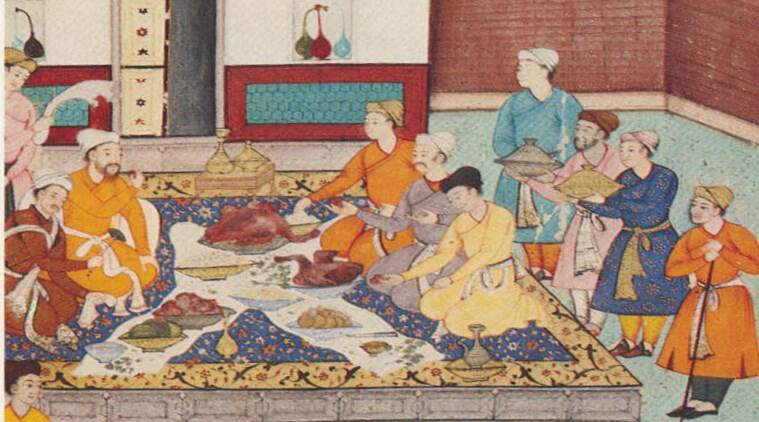
The culinary legacy borne from the Indo-Islamic culture stands as a testament to an exquisite array of flavors, aromatic spices, and elaborate cooking techniques. This tradition beautifully amalgamates the rich tapestry of Indian culinary customs with influences from Central Asia, Afghanistan, and beyond. The resulting dishes offer a delightful medley of diverse flavors and textures that persist as beloved delicacies, celebrated even today. This enduring culinary heritage mirrors the timeless allure of these flavorful creations and the mastery behind their preparation.
Within the Indo-Islamic culture, an indelible mark on the culinary panorama of the subcontinent is evident, particularly through the elegant tradition of Mughlai cuisine. This culinary fusion seamlessly intertwines Central Asian and Indian culinary traditions, presenting a tantalizing symphony of flavors and aromas.
Mughlai cuisine has earned renown for its opulence and depth of flavors, achieved through the skilled application of aromatic spices and techniques like slow cooking and marination. It mirrors the grandeur and sumptuousness of the Mughal courts, where extravagant feasts were emblematic of their lavish lifestyle. These dishes, among countless others, serve as homage to the culinary legacy of the Islamic cultural heritage. They encapsulate a richness of flavors, aromatic spices, and intricate cooking methods, revered and cherished. These culinary delights eloquently illustrate the harmonious fusion of Islamic and Indian culinary traditions, offering a truly delightful and alluring dining experience. The continued admiration and celebration of these dishes underscore their lasting impact and enduring appeal, showcasing the opulence and diversity inherent in the Islamic culinary cultural heritage.
This blend is not just a historical narrative but a living, evolving tradition that continues to shape the identity and ethos of the Indian subcontinent. Its ability to harmoniously synthesize diverse influences while preserving the essence of each contributes to the richness and beauty of this cultural tapestry.

The Indo-Islamic culture has profoundly shaped social practices and traditions in the Indian subcontinent. The fusion of Hindu and Islamic traditions has birthed unique customs, particularly in the observance of festivals and wedding rituals. These traditions stand as a testament to India’s rich cultural heritage, beautifully showcasing the harmonious blend and intertwining of diverse religious and cultural influences.
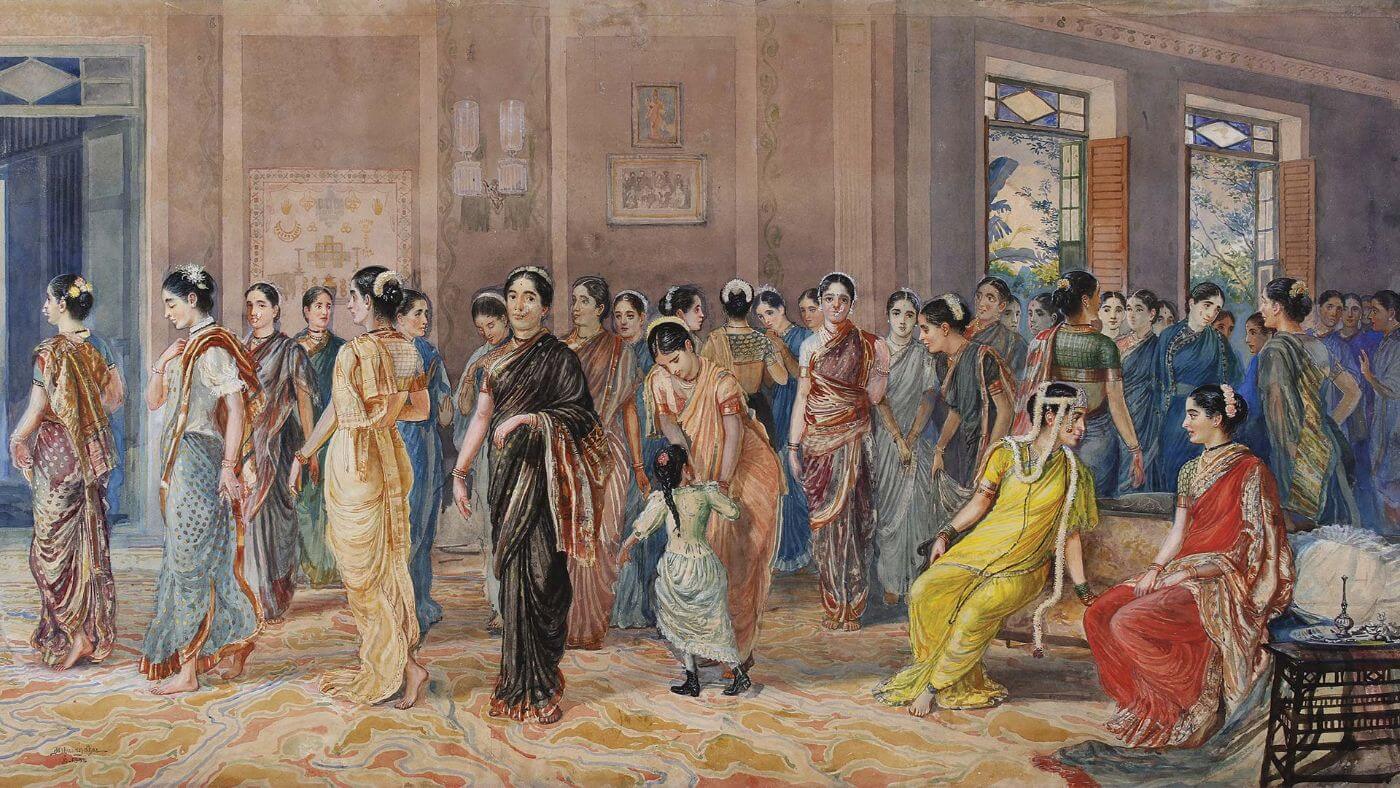
In the medieval era of India, the interplay between Muslim and Hindu communities fostered a cultural landscape marked by mutual influence and exchange. This interaction resulted in a beautiful blend of customs and traditions, exemplifying the fusion of Islamic and Hindu elements.

The spirit of tolerance and coexistence is a hallmark of Indo-Islamic culture, fostering a harmonious cohabitation of diverse communities. This cultural tapestry continues to weave its influence across the subcontinent, creating a dynamic and vibrant legacy that captivates admirers worldwide.
